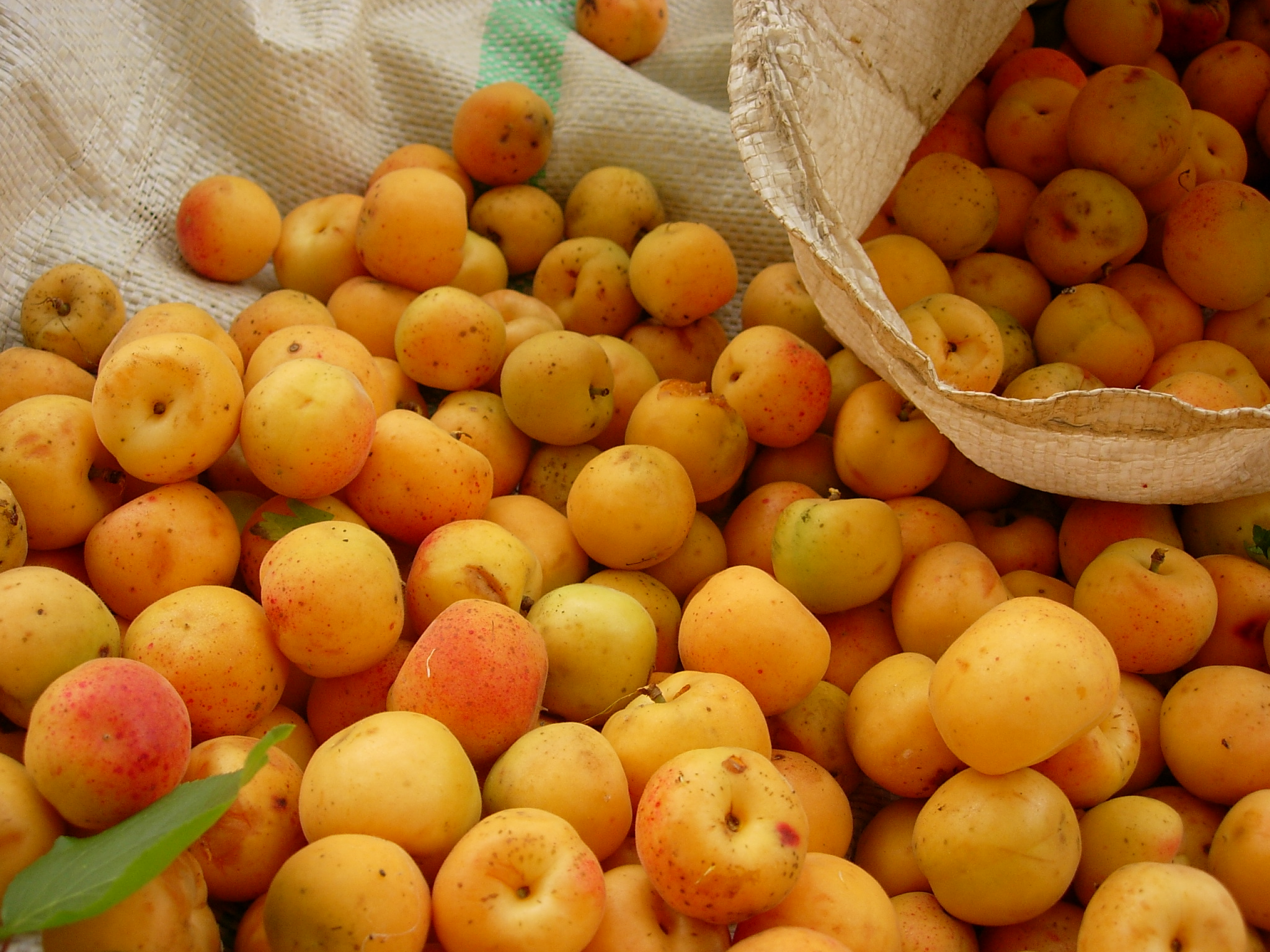
by admin | May 6, 2014 | Healing Food Facts
A member of the plum and cherry family, apricots are classified as a drupe, or a fleshy, one-seeded fruit enclosed as a pit. Apricots are thought to have originated in China, with records showing them being consumed there for thousands of years. Alexander the Great is...

by admin | May 5, 2014 | Natural Facts
You know all about fish oil and heart health, but that’s just the tip of the iceberg for these healthful fats A recent study showed that women who consume fish oil during pregnancy may decrease the number of colds that their babies contract early in life. Cold...

by admin | May 1, 2014 | Healing Food Facts
Limes are a popular citrus fruit that can be either sour or sweet, depending on the variety. Originating in South-east Asia, limes were carried by Arab traders into Egypt and North Africa in the tenth century. From there, the Moors later took them to Spain during the...

by admin | Apr 29, 2014 | Natural Facts
Introduction: A new study highlights the false hope that consumers place in statin drugs to lower cholesterol levels. Results of the 10-year analysis showed that individuals prescribed statins for high cholesterol levels had a larger increase in body-mass index (BMI)...

by admin | Apr 28, 2014 | Natural Facts
A rational approach to indigestion The term indigestion is often used to describe heartburn as well as feelings of gas or bloating after eating, stomach pains, or fullness in the abdomen. Medical terms used to describe indigestion include functional dyspepsia (FD),...








